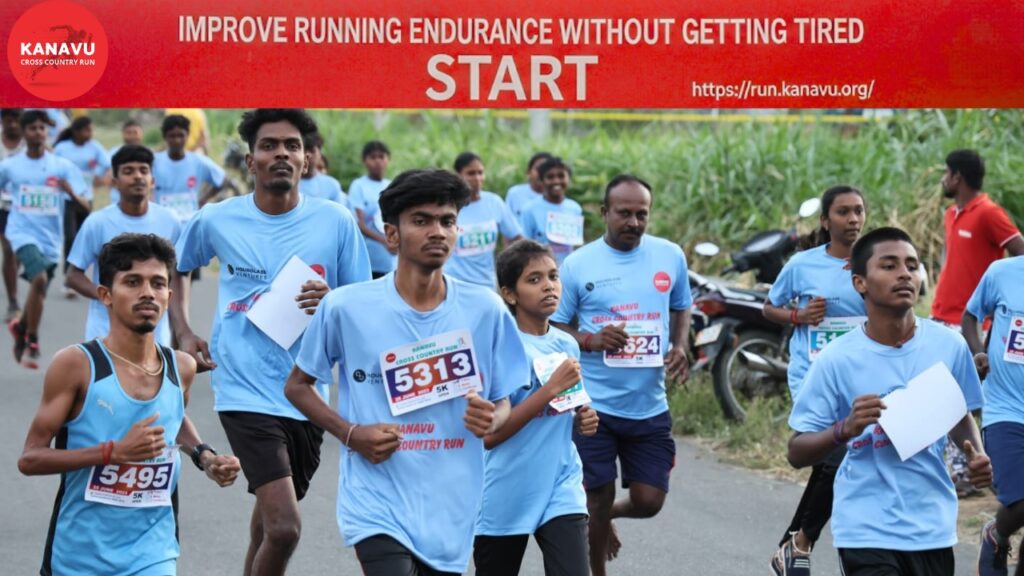Running is one of the most powerful and accessible forms of exercise, but many runners—especially beginners—often hit a wall too soon. Strategically increasing running endurance is the key to being stronger and moving farther without getting tired. Whether you’re training for a marathon or simply looking to extend your daily jog, there are proven techniques that can help you boost your stamina while minimizing fatigue.
In this article, we’ll explore practical and science-backed methods to improve your running endurance without burning out, so you can run longer, recover faster, and enjoy the process.
1. Start with a Solid Base
Improving endurance begins with consistency. Build a strong aerobic base by running at a slow, conversational pace for 20–40 minutes, three to four times a week. This steady-state cardio trains your heart, lungs, and muscles to work more efficiently, laying the foundation for longer and more intense runs.
Avoid the mistake of increasing your mileage too quickly. Follow the 10% rule: increase your weekly running volume by no more than 10% to reduce the risk of injury or fatigue.
2. Focus on Proper Breathing
Efficient breathing plays a critical role in endurance. Learn to breathe deeply from your diaphragm rather than shallow chest breathing. The “in for three steps, out for two” rhythm is a popular pattern among distance runners. As you improve your breathing technique, your body gets more oxygen, reducing muscle fatigue and increasing endurance.
Also, practice breathing through both your nose and mouth when running, especially during high-effort segments. This helps you take in maximum oxygen and improves overall stamina.
3. Incorporate Long Runs Weekly
Include a weekly long run in your schedule after you’ve established your base.This should be 20–40% longer than your average daily run. Long runs gradually condition your muscles and cardiovascular system to handle extended efforts, improving running endurance over time.

Keep your long runs slow and steady—this isn’t about speed. Focus on time on your feet rather than pace, and be patient with your progress.
4. Add Interval and Tempo Workouts
To run longer without feeling drained, mix in workouts that build stamina and strength. Interval training, which involves short bursts of intense effort followed by rest, boosts your VO2 max—your body’s ability to use oxygen during exercise.
Conversely, tempo runs, which are performed at a “comfortably hard” pace, aid in raising lactate threshold. This allows you to maintain a higher speed for extended periods of time without experiencing fatigue.
Include one session of intervals and one session of tempo running each week for optimal gains in endurance and speed.
5. Strength Training is Essential
A strong body lessens fatigue and promotes improved running form. To strengthen your legs and core, concentrate on compound exercises like squats, lunges, and deadlifts. A strong core helps you avoid premature weariness and maintains an upright posture throughout long runs.
Aim for strength training 2–3 times a week, especially on non-running days, to give your muscles time to recover while still building strength.
6. Prioritize Recovery and Nutrition
Improving running endurance isn’t just about the miles you log—it’s about how well you recover. Sleep is essential; try to get 7 to 8 hours per night.

Post-run nutrition is also key: refuel with a mix of carbohydrates and protein within 30–60 minutes of finishing your run.
Stay hydrated throughout the day, and consider electrolyte supplements for longer sessions, especially in hot weather. Proper hydration and fueling will help reduce fatigue during and after your workouts.
7. Listen to Your Body
Perhaps the most important endurance strategy is learning to respect your limits. It’s normal to feel less energetic on some days. Skipping or modifying a run to allow for recovery can prevent overtraining and injuries in the long term.
Use a running journal or app to track your progress, but don’t get too caught up in numbers. Endurance is built over months, not days.
Final Thoughts
Improving running endurance without getting tired is about combining smart training, proper technique, and effective recovery. With consistent effort and a well-rounded approach, you’ll soon find yourself running farther and feeling stronger than ever before. Keep pushing, stay patient, and let your endurance build the right way.

